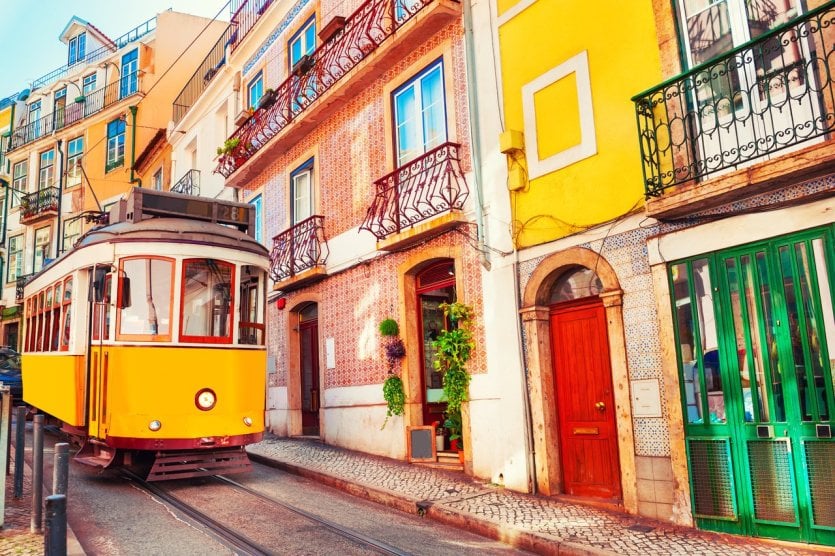
Let's face it: a stay in Lisbon will charm, enchant and amaze you all at once! And, like other destinations, it offers affordable prices. Portugal's capital is an endearing city. A blend of eras and styles, popular and bohemian, nostalgic and joyful, it radiates pleasure to visitors and lucky students alike. After all, Lisbon is a gastronomic capital, and it would be a pity to miss out on all that. Visiting Lisbon also means strolling its hills, skirting the banks of the Tagus, visiting its heritage and museums, but more than anything else, you'll enjoy the very special atmosphere that gives Lisbon its soul. In a typical atmosphere created by the sound of the Fado, you'll enjoy strolling through the narrow streets of Lisbon, the city where life is good under the sun. And perhaps inspire you to discover Porto, another must-see Portuguese getaway.
1. Alfama and Castelo São Jorge
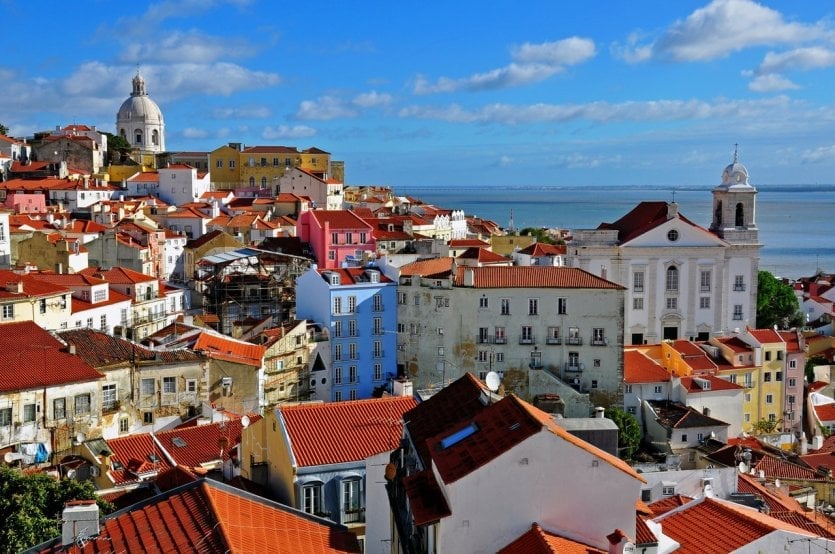
Embraced by a hillside, the Alfama brings the soul of the city to life in a setting as quaint as it is charming. Its labyrinth of old alleyways interweaves mismatched facades, small squares and vaulted passageways that open onto flower-filled balconies where laundry dries. Here you'll find numerous stores, cafés, restaurants and fado clubs that liven up the district day and night. This is also the site of the imposing Castelo São Jorge, in place since medieval times: from its high walls, you can enjoy a 360-degree view of Lisbon and the Tagus. You can also discover the history of Lisbon at the permanent exhibition. The highlight of your visit will undoubtedly be in the Black Chamber. Thanks to an optical instrument, you can observe Lisbon 360º in real time. A unique and dynamic place.
2. Bairro Alto
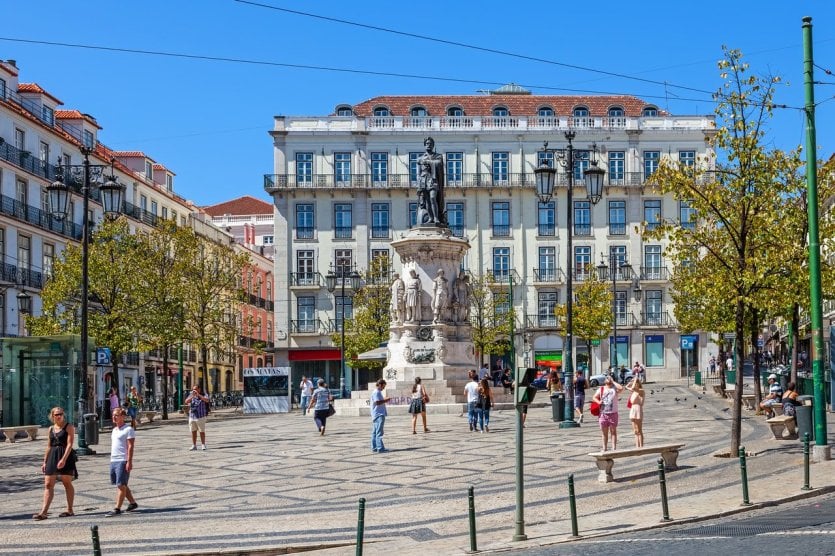
Next to Chiado, Bairro Alto is Lisbon's alternative district: everything avant-garde that's created originates here. Art galleries, concept stores and small bistros enliven the days of the Bairro, which comes alive as soon as night falls. It's the place where party-goers flock to tour the bars, most of which are packed to overflowing onto the sidewalks. A merry bazaar then takes over the alleyways: chatting, laughing, toasting, "getting in the mood" before heading off to the city's nightclubs.
We recommend that you book a guided tour of the city to discover Lisbon's history, explore its charming districts such as Chiado or Bairro Alto and admire the views from the Miradouro São Pedro de Alcântara.
3. Streetcarno 28
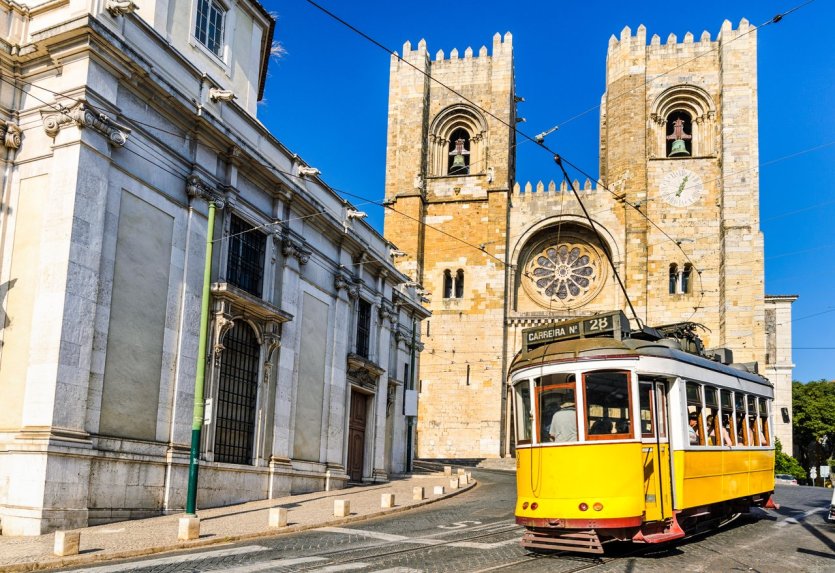
Streetcarno 28 carries Lisbon's emblematic image across the city in its single yellow car, in service since 1928. This old "electrico" bravely tackles the steep hillsides as it passes through the main districts, from Martim Moniz square to Campo Ourique. Its 35 stops take you past St. George's Castle, Alfama, the Cathedral, Chiado, the Estrela Basilica and the National Assembly. A picturesque visit, but overrun by tourists in summer: so get on board early!
Would you like to visit Lisbon's old town on board the historic tramwayno. 28, enjoying breathtaking panoramic views? Click here to book your tour!
4. Belém Tower
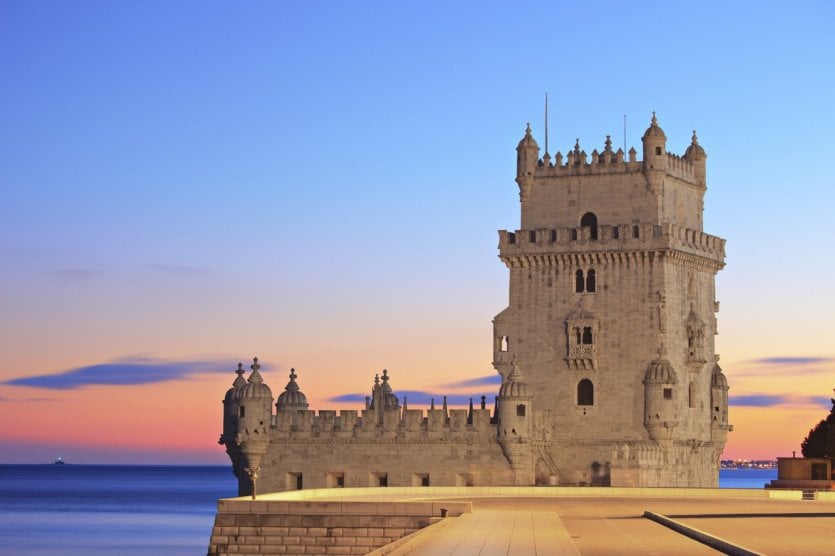
To the west of the April 25th bridge, Belém, a contraction of Bethlehem, is a district that may be off Lisbon's beaten track, but it's also home to a number of tourist attractions. The Belem Tower is its flagship monument, the scrolls of its Manueline architecture dedicated to the glory of maritime conquests. Built between 1515 and 1521, the tower was used to defend the port, then became a prison before being restored in 1840 and classified as a national monument fifty years later. Pay close attention to the details of its African-inspired facade, and you'll discover numerous carved wild animals. Another symbol of the Belém district is the Mosteiro dos Jerónimos. This ensemble of church, cloister and convent, a UNESCO World Heritage Site, is a pearl of Manueline architecture!
5. The Hieronymite Monastery
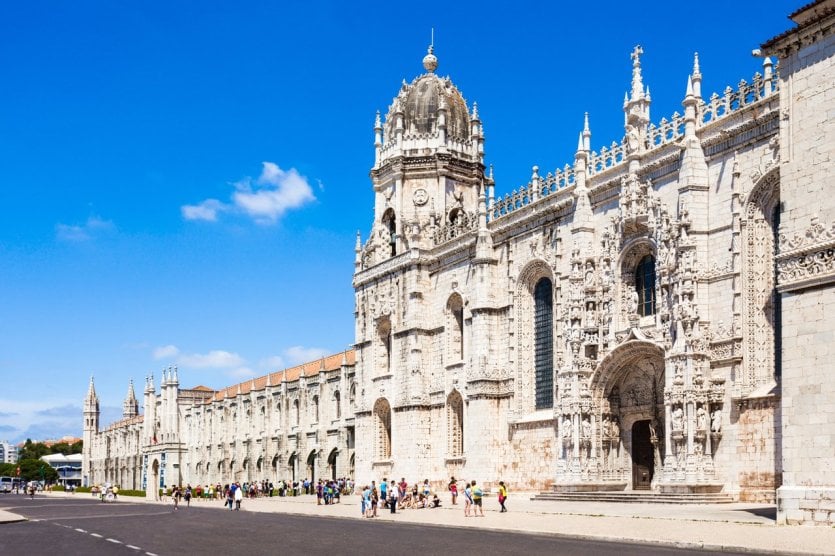
Listed as a UNESCO World Heritage Site, the Mosteiro dos Jerónimos is the city's most impressive monument and a masterly example of Manueline architecture. Its construction began under the reign of ManuelI, and was financed by the profits from the spice trade during the Great Discoveries. Inside this immense religious edifice, you'll discover a splendid cloister where an almost mystical atmosphere reigns. The Hieronymite Monastery is also home to the Marine Museum and the Archaeology Museum. Every detail deserves attention. Immaculately white on the outside, the luminosity inside is mystical, especially in the church where Vasco de Gama's body lies.
6. The National Azulejo Museum
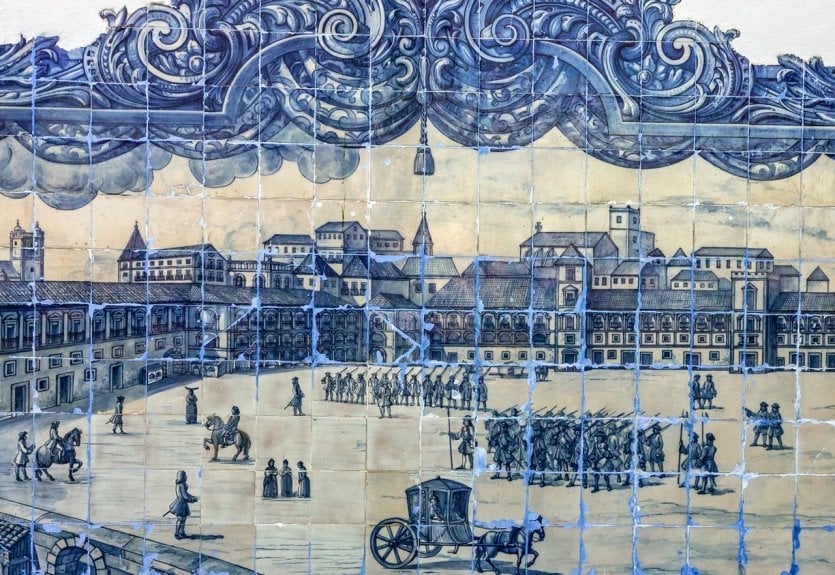
Housed in the cloister of the former Madre de Deus convent, the Museu do Azulejo traces the history of the azulejos (tiles) seen throughout Portugal. Over 7,000 pieces are on display, spanning from the Renaissance to the 20th century. Works from all over the world are on display, with a special focus on tiles from North Africa. The museum's centerpiece is a 23-meter-long panel, covered with 1,300 azulejos, depicting a view of Lisbon before the earthquake. Inside the museum is the entrance to the Madre de Deus church. Featuring a Manueline portal, precious Brazilian wood floors, azulejos and Flemish paintings, it's a veritable concentration of styles not to be missed during a visit to the museum.
7. The Lisbon Oceanarium, a must-see!

Inaugurated for the 1998 Universal Exhibition, the Oceanarium is the largest in Europe and the third largest in the world. Built on an enclosed water basin overlooking the Tagus River, it is divided into several areas representing the different ecosystems of the world's oceans. In all, 10,000 plants and 8,000 animals of 500 different species are on display, giving visitors a real sense of the preciousness of our oceans and the urgent need to protect them.
8. The Monument of Discoveries

Just a stone's throw from the monastery and tower of Belém stands the Monument of Discoveries, erected in 1960 on the orders of dictator Salazar to commemorate the death of Henry the Navigator. This huge caravel's prow juts out into the Tagus, and the 32 sculpted figures above it were all part of the era of the Great Discoveries. An elevator takes you to the top, where you can admire the view of the Belém district and, on its small esplanade, the magnificent marble compass rose donated by South Africa.
9. The Berardo Museum
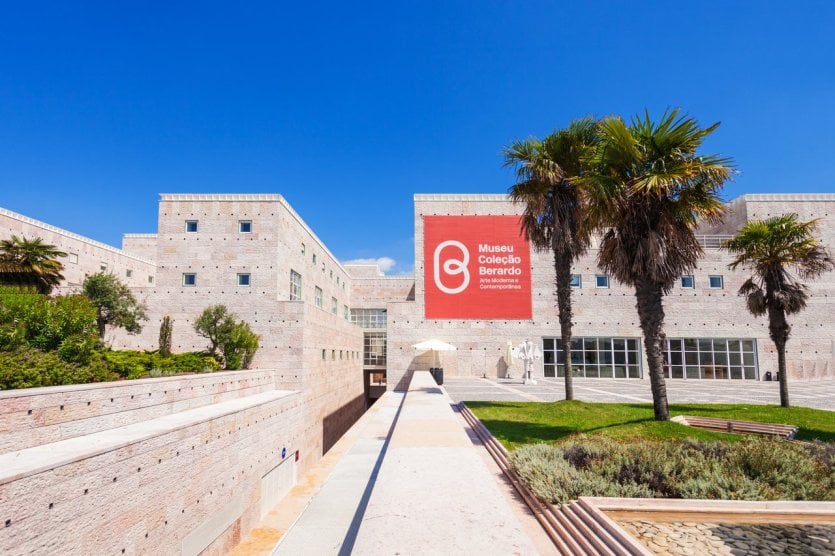
Opened in 2007, the Berardo Museum houses 900 works from José Berardo's collection at the Belem Cultural Center. This astute collector has acquired masterpieces from 70 different artistic currents, with famous names such as Marcel Duchamp, Pablo Picasso, Salvador Dali, Andy Warhol and Francis Bacon to name but a few. Modern art predominates, with works by Fluxus, neo-constructivism, Body Art, Arte Povera... Art Deco, Portuguese ceramics and digital works are also on view.
10. Attend a fado show, a must

To capture the soul of Lisbon, there are two things to do: taste the pasteis de nata and attend a fado show in a small tascas such as Parreirinha de Alfama, Clube de Fado or O Pereira. Fado is a hymn to the saudade of the Portuguese soul, a solemn music accompanied by soloists mourning exile, nostalgia or love... These Unesco World Heritage songs will captivate you with the deep vibration of the fadists' voices and the emotion they convey. If you're looking for a unique experience, we recommend that you book your tickets for this show. You'll be able to listen to two fadistas (female singers), a classical guitarist and a Portuguese guitarist perform a selection of precious songs, without microphones, to a small audience.
11. The Convento do Carmo, a must-see in Lisbon
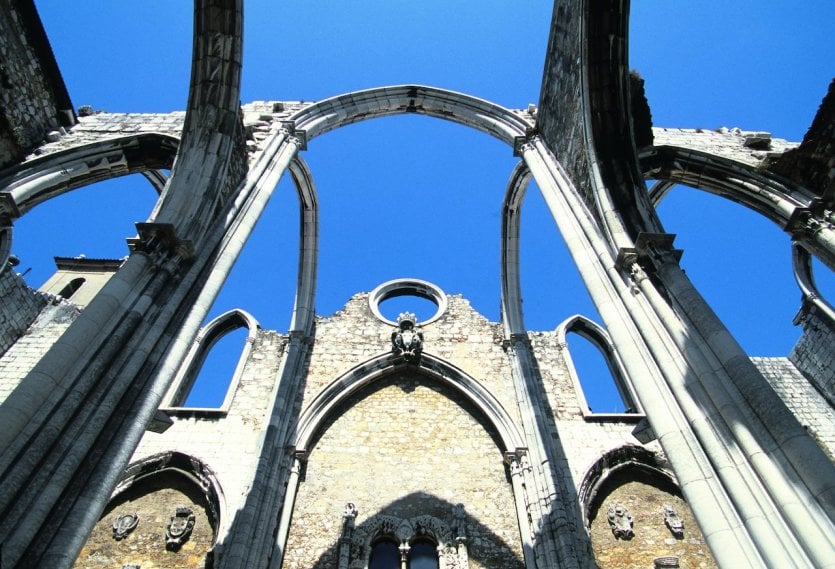
The earthquake of 1755 caused a great deal of damage to Lisbon, including the fall of the main Gothic church of the time, the Carmo. Yet these open-air remains in the heart of the city are incredible! With a vault soaring into the sky and an intact rose window on the remains of the nave, you feel like you're in the middle of an adventure worthy of a fantasy book. The originality of the site lies in the fact that it also houses Lisbon's archaeological museum. In addition to the magnificent carved tombstones, the big surprise of this museum are the two pre-Columbian mummies in foetal position. These well-preserved human remains fascinate and frighten us with their desiccated skins. These mummies are also accompanied by numerous Latin American statuettes and other equally captivating artifacts.
12. Getting to the elevador de Santa Justa
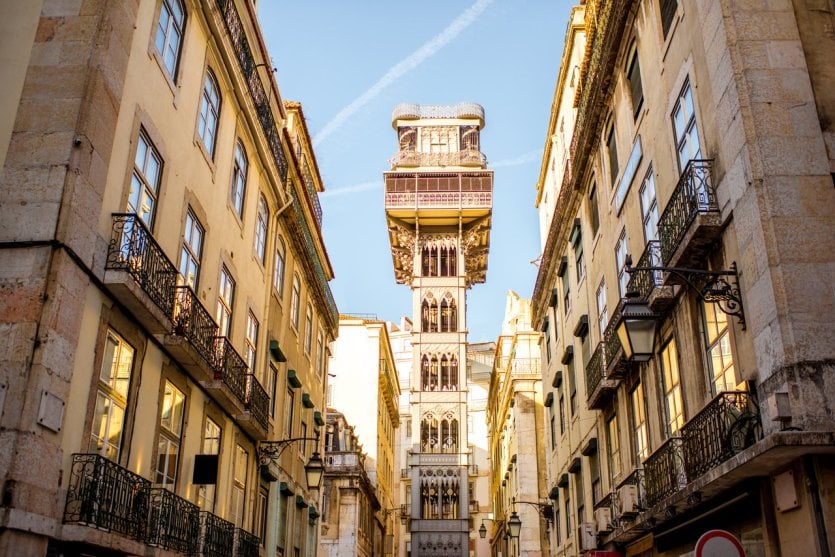
This funicular elevator, inaugurated in 1902, has a superb wrought-iron covering. The Elevador de Santa Justa is regularly cited as the most famous elevator in the Portuguese capital. First of all, you can admire it from a magnificent vantage point on Santa Justa street. Contrary to popular belief, it was not designed by Gustave Eiffel, but by one of his students: Raul Mesnier de Ponsard. It climbs up to the level of the Chiado. When it's not crowded (morning or evening), its summit offers a unique view of the city and Tagus. If you're just looking for a view, you can reach the top via largo do Carmo.
13. Strolling past the triumphal arch - Arco da Rua Augusta
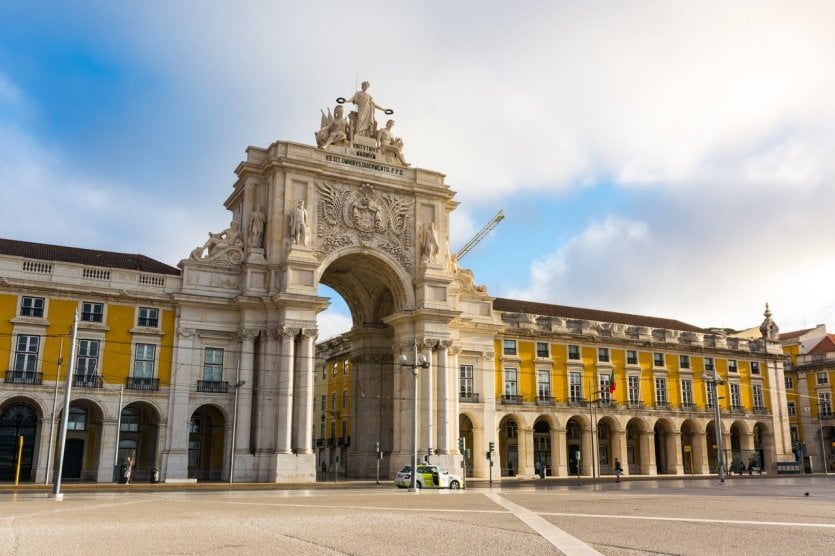
The Arco da Rua Augusta is located on the Place du Commerce. It also offers a beautiful view of the rua Augusta. Construction of this Lisbon landmark began after the 1755 earthquake, under the direction of Eugénio dos Santos. It was finally completed in 1875 by Veríssimo José da Costa. Today, the magnificent belvedere of the triumphal arch can be reached by elevator. And from up there, the panorama of the Lusitanian city is breathtaking. At 360 degrees, you can enjoy superb views of the Baixa, the Place du Commerce, the Tagus, the Castle, the Sé Cathedral and the Alfama district.
14. Visit the National Museum of Ancient Art
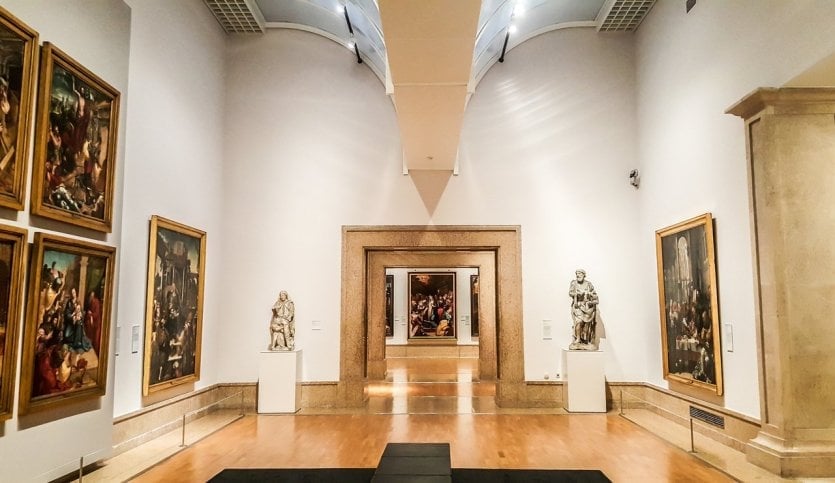
Housed in the building known as the "Palace of Green Windows", this museum of ancient art boasts an exceptional collection of Portuguese masters and European painters from the 16th to the 20th centuries. It also boasts a remarkable selection of silverware and ceramics. And let's not forget the magnificent garden that surrounds the museum, evoked by Antonio Tabucchi in his book Requiem: a true splendor! If you want to save money, we recommend you book your Lisbon Card here, a tourist pass that gives you unlimited travel on the city's public transport system, and free admission to 39 of the city's museums, including the Museum of Ancient Art!
15. Stroll through the Mercado da Ribeira
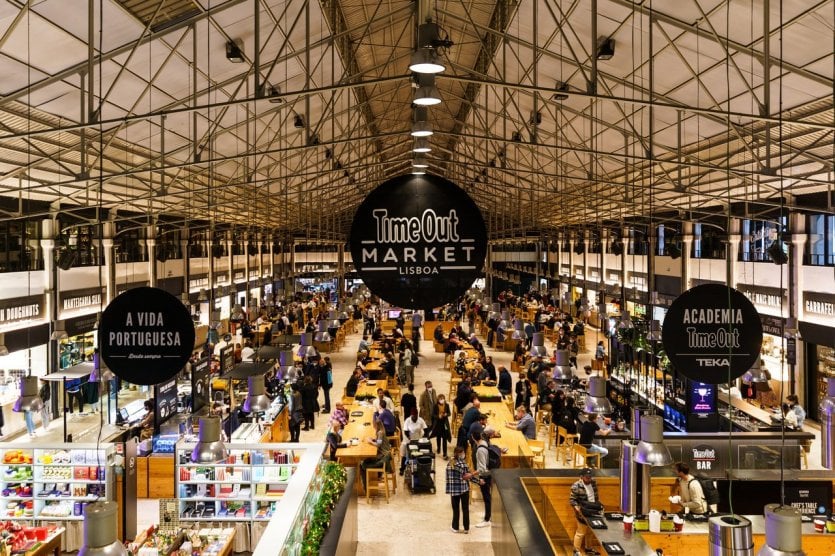
Thanks to Time Out, these magnificent halls, once dedicated to the food stalls of an ordinary market, have undergone a veritable metamorphosis. Today, the Mercado da Ribeira has become a vast, sophisticated canteen where you can feast all day long. There are some twenty restaurants, replicas of Lisbon's famous names, carefully selected by Time Out. You'll find a wide variety of options, from creative Portuguese gastronomy to simple pizzas and other international specialties. We particularly recommend the side stalls, which bear the names of famous Portuguese chefs.
16. See the Cristo Rei

Those outstretched arms embracing the city remind you of something, don't they? Of course, it was Rio de Janeiro and its famous Corcovado that inspired Cardinal Cereijera to launch the construction of this sculpture back in 1934. Christ the King, in its reduced Portuguese version, was built after the Second World War as a token of the gratitude of the episcopate, which had fervently hoped that Portugal would not be invaded. Since Portugal has not been invaded, the shrine can be enjoyed today. Standing on an 82-metre-high pedestal, the statue, inaugurated in 1959, rises 28 metres above the capital. Naturally, a spectacular view is guaranteed.
17. A tour of the Calouste Gulbenkian Foundation
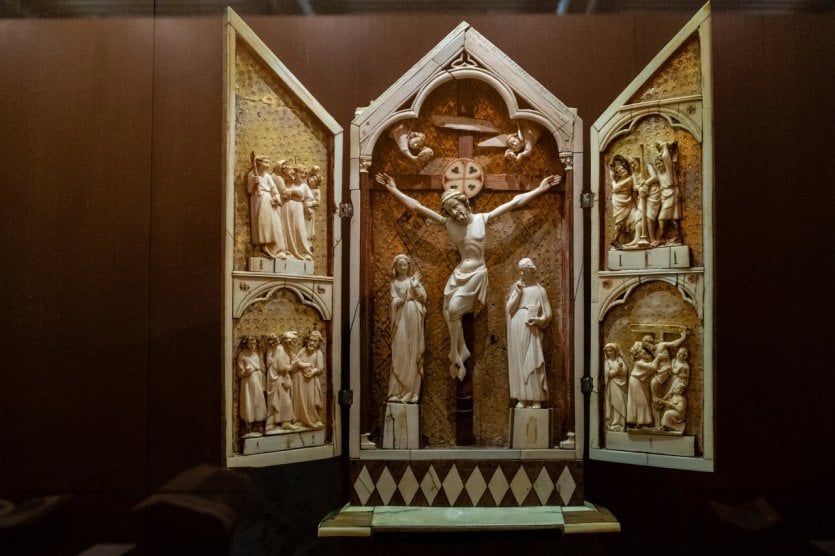
The Calouste Gulbenkian Foundation Museum is located in the heart of a particularly pleasant park, which Lisboners love to visit every weekend. It offers a fascinating and incredibly rich tour. Since its inauguration in 1969, this not-to-be-missed institution has been offering an immersion in the history of art. The collections on display, ranging from Antiquity to modern art, are simply sumptuous, and all the pieces on show, representing only about a fifth of the collection, are admirably well preserved.
18. Visit the town of Sintra
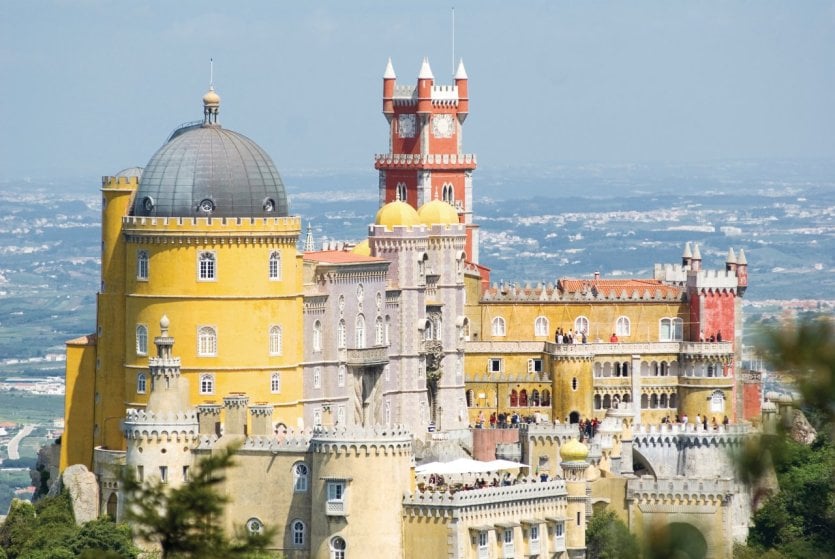
Just 30 km from Lisbon, at the foot of the Sintra mountain range, the town of Sintra is surrounded by lush vegetation and boasts some superb princely residences. This exceptional landscape has been declared a World Heritage Site by UNESCO. The Sintra town hall itself looks like something out of a fairy tale. Sintra attracted Portugal's first kings in search of summer coolness, and later the entire court, which built its own pavilions. Today, it's a chance to take a trip to a world apart. Even if you're not alone in summer! Would you like to discover the treasures of Sintra, its romantic Pena Palace, the sublime landscapes of the Portuguese coastlineat Cabo da Roca and Cascais on a day trip from Lisbon? Click here to book your excursion!
19. Gourmet breaks

Portugal is a gastronomic country where the food is good and cheap. Lisbon, its capital, is brimming with restaurants where every budget can find something to fill its belly with quality! The star dish is cod. Nicknamed "the faithful friend", it's the national dish not to be missed. More than 365 cod recipes are prepared, including for Christmas. Soup lovers will also find something to their liking. Costing up to €5, they can be vegetable or fish, but if you're looking for the typical soup, ask for açorda. This soup, which originated in the Middle Ages, was often prepared by peasants. For dessert, one of Portugal's greatest writers, Eça de Queiroz, said that "Paris is an intellectual city, Lisbon a pastry city". You've been warned: the patisserie is excellent! The must-try is the pastel de nata, a kind of custard tart sprinkled with cinnamon... A delight!
How to get to Lisbon
To get to Lisbon, you have several transport options at your disposal. The quickest way is to fly from your departure city to Lisbon International Airport. Many airlines offer direct flights to this destination, so you can arrive quickly and comfortably. To get to Lisbon, you can find affordable prices. Round-trip prices start at around 50 euros. There are direct flights from Paris, Bordeaux, Toulouse, Marseille, Nantes, Lyon and Montpellier. A direct flight takes around 2 hours.
If you prefer to travel by land, you can opt for the train. Lisbon is well connected to the European rail network, making it easy to travel from different cities. Trains often offer panoramic views of the landscape and are a comfortable option for long journeys.
When is the best time to visit Lisbon?
Lisbon can be visited all year round. If you have the choice, spring and autumn are the best times to avoid the peak tourist season and still enjoy a summer climate. But in winter, it's not uncommon to have sunny days with temperatures reaching 20 degrees. It's quite pleasant to feel like summer for a weekend... For culture, it's best to visit in June or August, during the popular festivals.
Getting around Lisbon
In central Lisbon, it' s best to do everything on foot. You can also take the streetcar. In this case, it's advisable to use the Lisboa Card, a pass allowing you to get around at will for 24, 48 or 72 hours on public transport. This card also offers free access to 26 museums and reduced rates for many of the capital's monuments. Click here to buy it!
Where to stay in Lisbon?
As a very touristy capital, Lisbon offers quality hotels to suit all budgets. Here are our 3 favorite establishments!
- For a spectacular view
The Santiago de Alfama Boutique Hotel is a 5-star hotel located in the heart of Lisbon's historic city center, just 500 meters from the heart of the Baixa Pombalina, offering an ideal location. With panoramic views over the city, this establishment offers a unique experience. Just an 8-minute walk will take you to the famous St. George's Castle. Click here to book your room in minutes!
- For a unique culinary experience
The Internacional Design Hotel is located in the immediate vicinity of Rua Augusta, the city's main pedestrian street. With a breathtaking view of the historic city center, this hotel offers a unique visual experience. It is also home to the renowned Bastardo restaurant, where you can enjoy delicious food in elegant surroundings. Click here for rates and availability!
- For ultimate comfort
Located in Lisbon's historic Belém district, on the banks of the Tagus River, the Altis Belem Hotel & Spa - Design Hotels is a 5-star luxury hotel in an exceptional location. This establishment offers a unique experience with a Michelin-starred restaurant, indoor and outdoor pools, a relaxing spa and a magnificent rooftop sun terrace. Find out more about the here!


